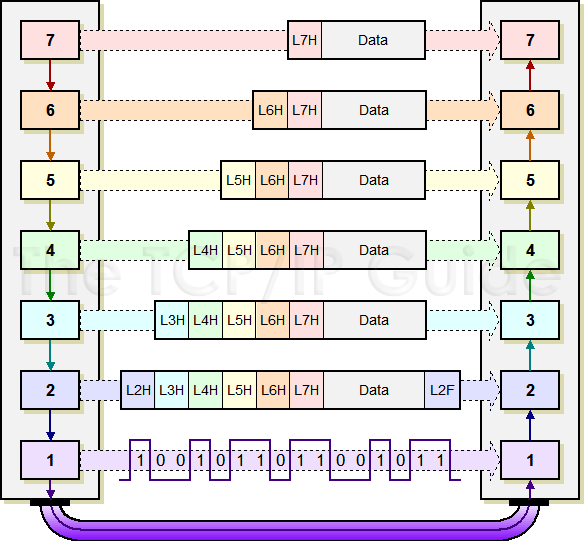 |
|
Please Whitelist This Site?
I know everyone hates ads. But please understand that I am providing premium content for free that takes hundreds of hours of time to research and write. I don't want to go to a pay-only model like some sites, but when more and more people block ads, I end up working for free. And I have a family to support, just like you. :)
If you like The TCP/IP Guide, please consider the download version. It's priced very economically and you can read all of it in a convenient format without ads.
If you want to use this site for free, I'd be grateful if you could add the site to the whitelist for Adblock. To do so, just open the Adblock menu and select "Disable on tcpipguide.com". Or go to the Tools menu and select "Adblock Plus Preferences...". Then click "Add Filter..." at the bottom, and add this string: "@@||tcpipguide.com^$document". Then just click OK.
Thanks for your understanding!
Sincerely, Charles Kozierok
Author and Publisher, The TCP/IP Guide
|
|
|

Custom Search
|
 |
The TCP/IP Guide 9 The Open System Interconnection (OSI) Reference Model 9 Key OSI Reference Model Concepts |
|
Data Encapsulation, Protocol Data Units (PDUs) and Service Data Units (SDUs)
(Page 1 of 3)
Protocols are what describe the rules that control horizontal communication, that is, conversations between processes that run at corresponding layers within the OSI Reference Model. At every layer (except layer one) these communications ultimately take the form of some sort of message that is sent between corresponding software elements on two or more devices. Since these messages are the mechanism for communicating information between protocols, they are most generally called protocol data units (PDUs). Each PDU has a specific format that implements the features and requirements of the protocol.
As we’ve already discussed in our look at protocols, the communication between layers higher than layer one is logical; the only hardware connection is at the physical layer. Thus, in order for a protocol to communicate, it must pass down its PDU to the next lower layer for transmission. We’ve also already seen that using OSI terminology, lower layers are said to provide services to the layers immediately above them. One of the services each layer provides is this function: to handle and manage data received from the layer above.
At any particular layer N, a PDU is a complete message that implements the protocol at that layer. However, when this “layer N PDU” is passed down to layer N-1, it becomes the data that the layer N-1 protocol is supposed to service. Thus, the layer N protocol data unit (PDU) is called the layer N-1 service data unit (SDU). The job of layer N-1 is to transport this SDU, which it does in turn by placing the layer N SDU into its own PDU format, preceding the SDU with its own headers and appending footers as necessary. This process is called data encapsulation, because the entire contents of the higher-layer message are encapsulated as the data payload of the message at the lower layer.
What does layer N-1 do with its PDU? It of course passes it down to the next lower layer, where it is treated as a layer N-2 SDU. Layer N-2 creates a layer N-2 PDU containing the layer N-1 SDU and layer N-2’s headers and footers. And the so the process continues, all the way down to the physical layer. In the theoretical model, what you end up with is a message at layer 1 that consists of application-layer data that is encapsulated with headers and/or footers from each of layers 7 through 2 in turn, as shown in Figure 15.
|
|
| |||||||||||||||||||
Home - Table Of Contents - Contact Us
The TCP/IP Guide (http://www.TCPIPGuide.com)
Version 3.0 - Version Date: September 20, 2005
© Copyright 2001-2005 Charles M. Kozierok. All Rights Reserved.
Not responsible for any loss resulting from the use of this site.






